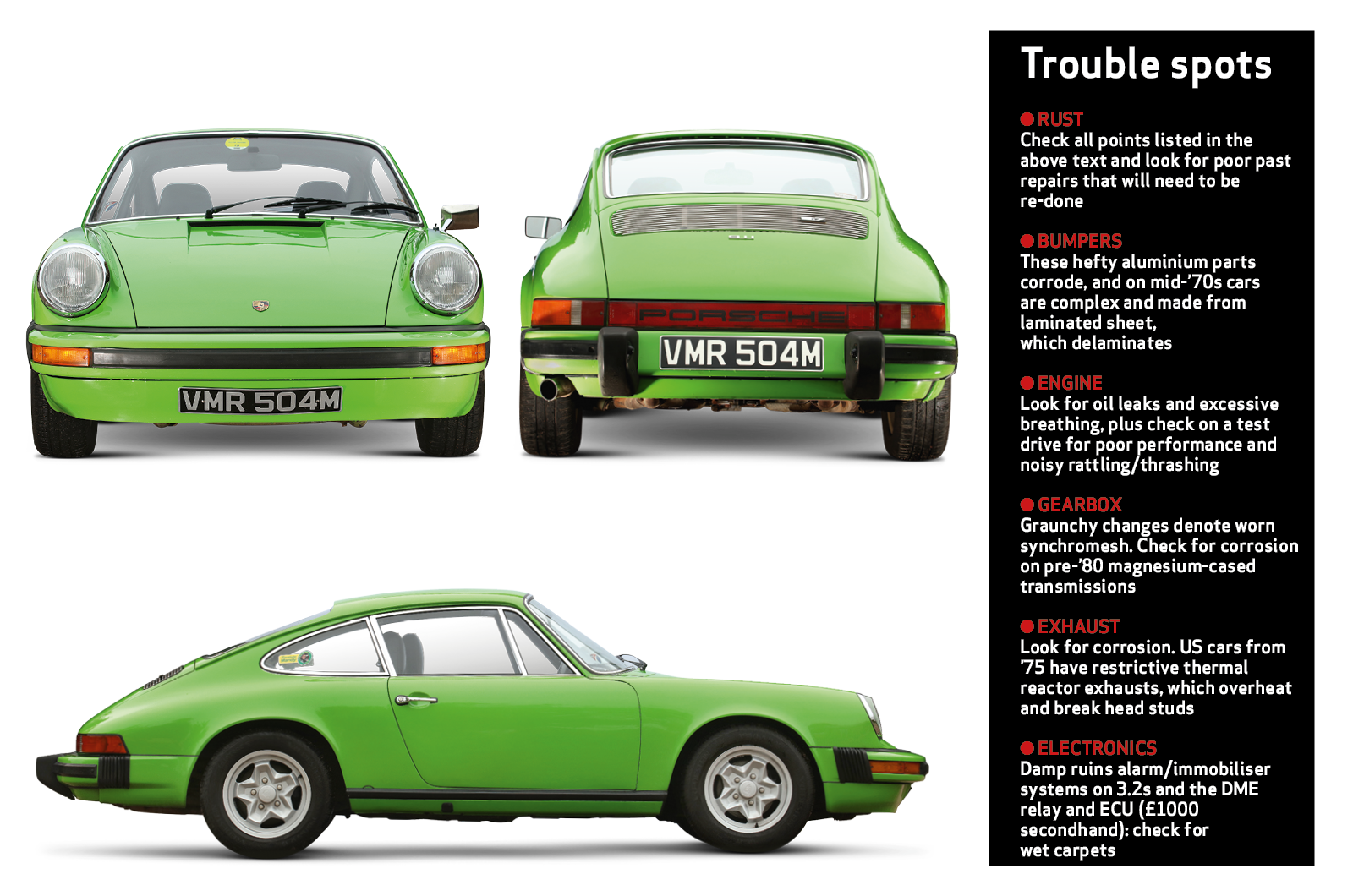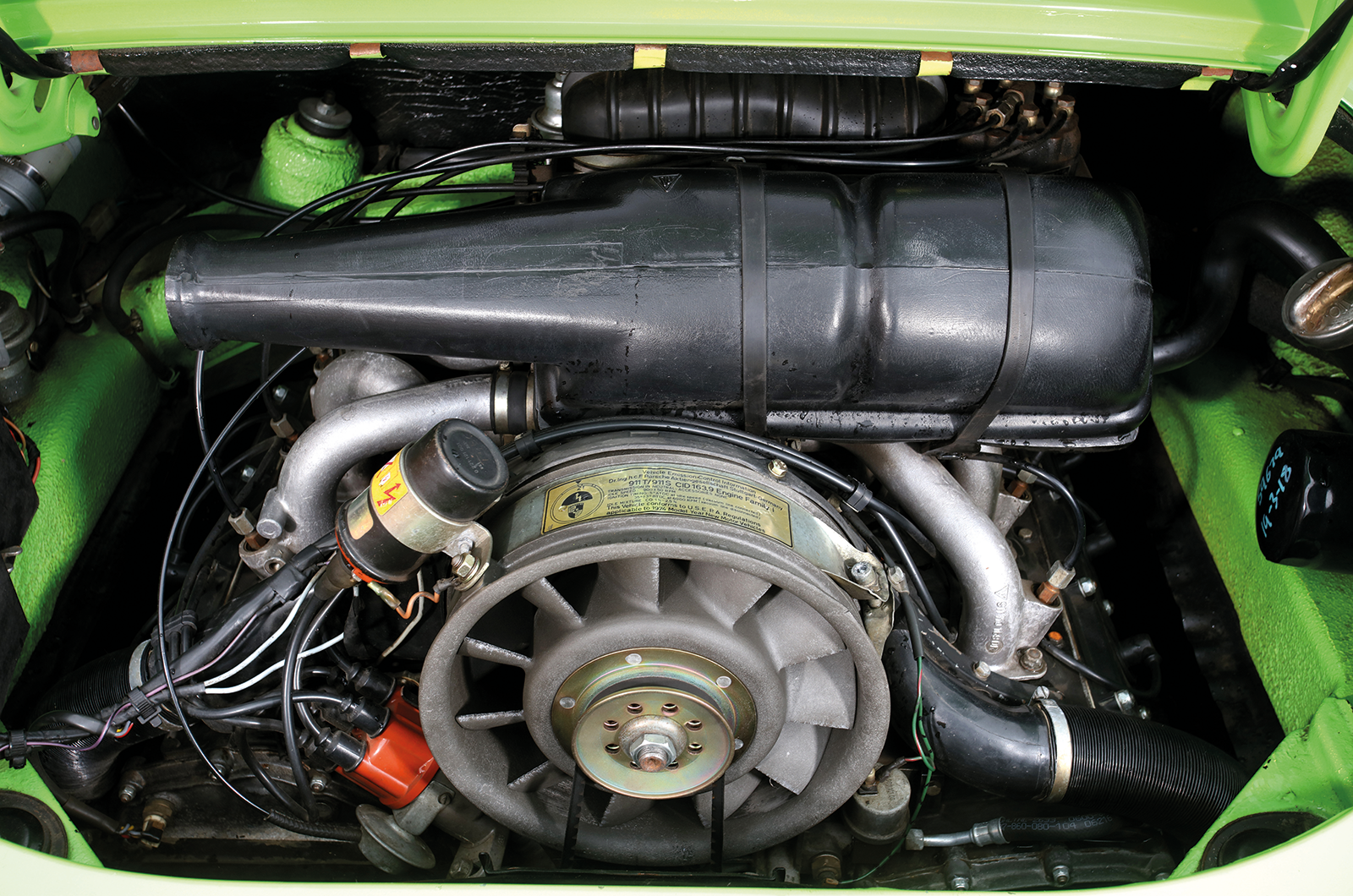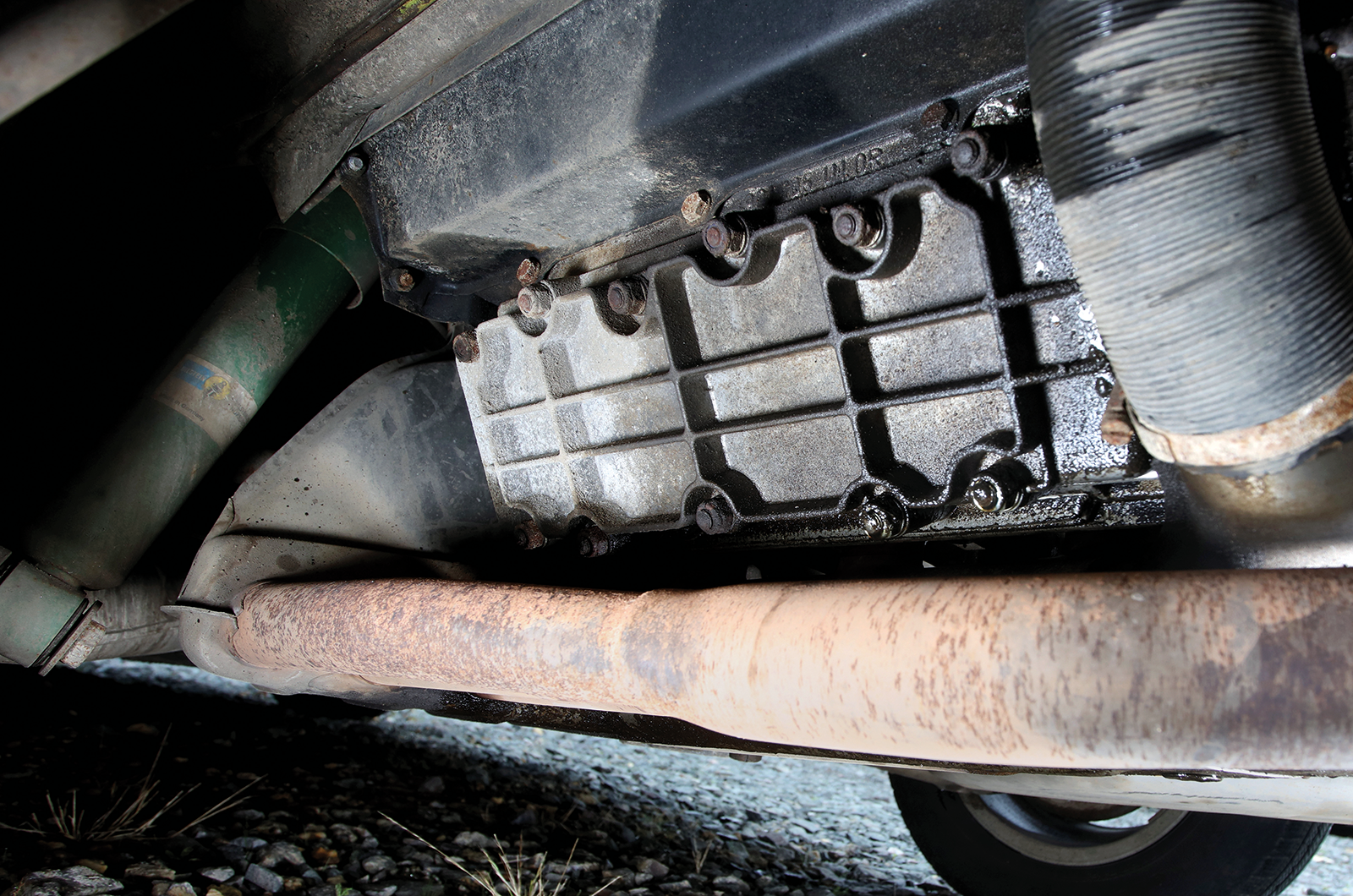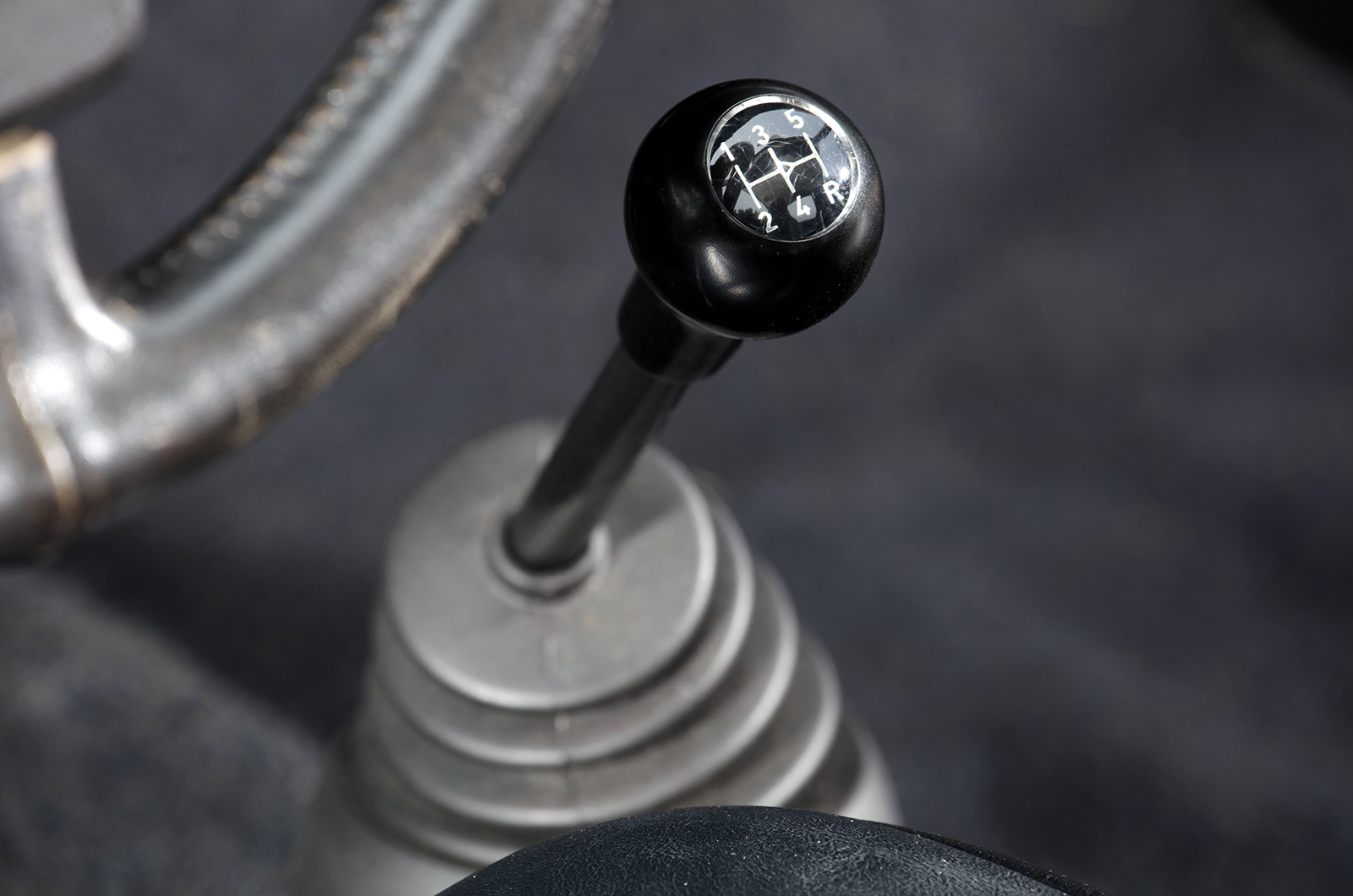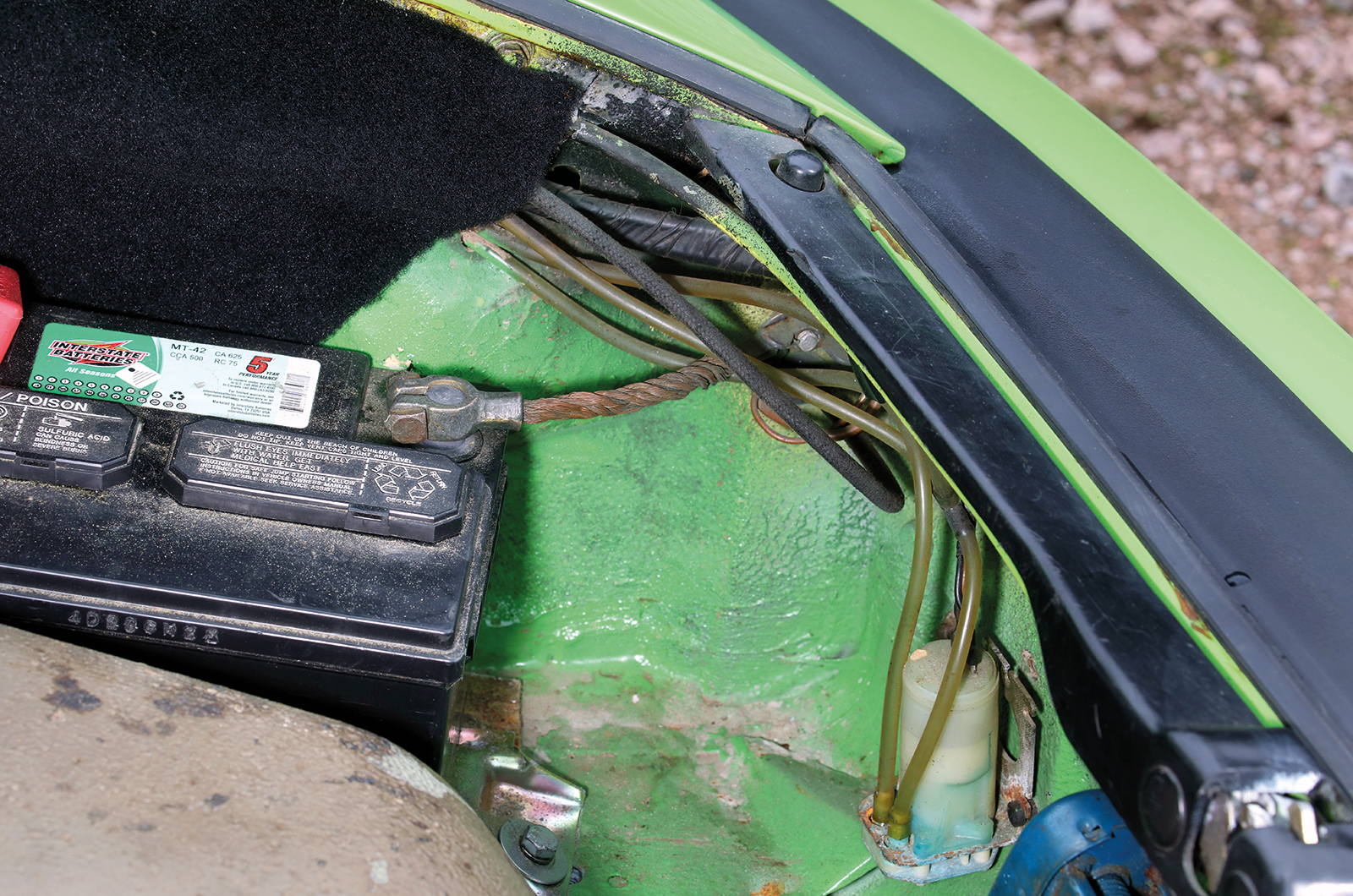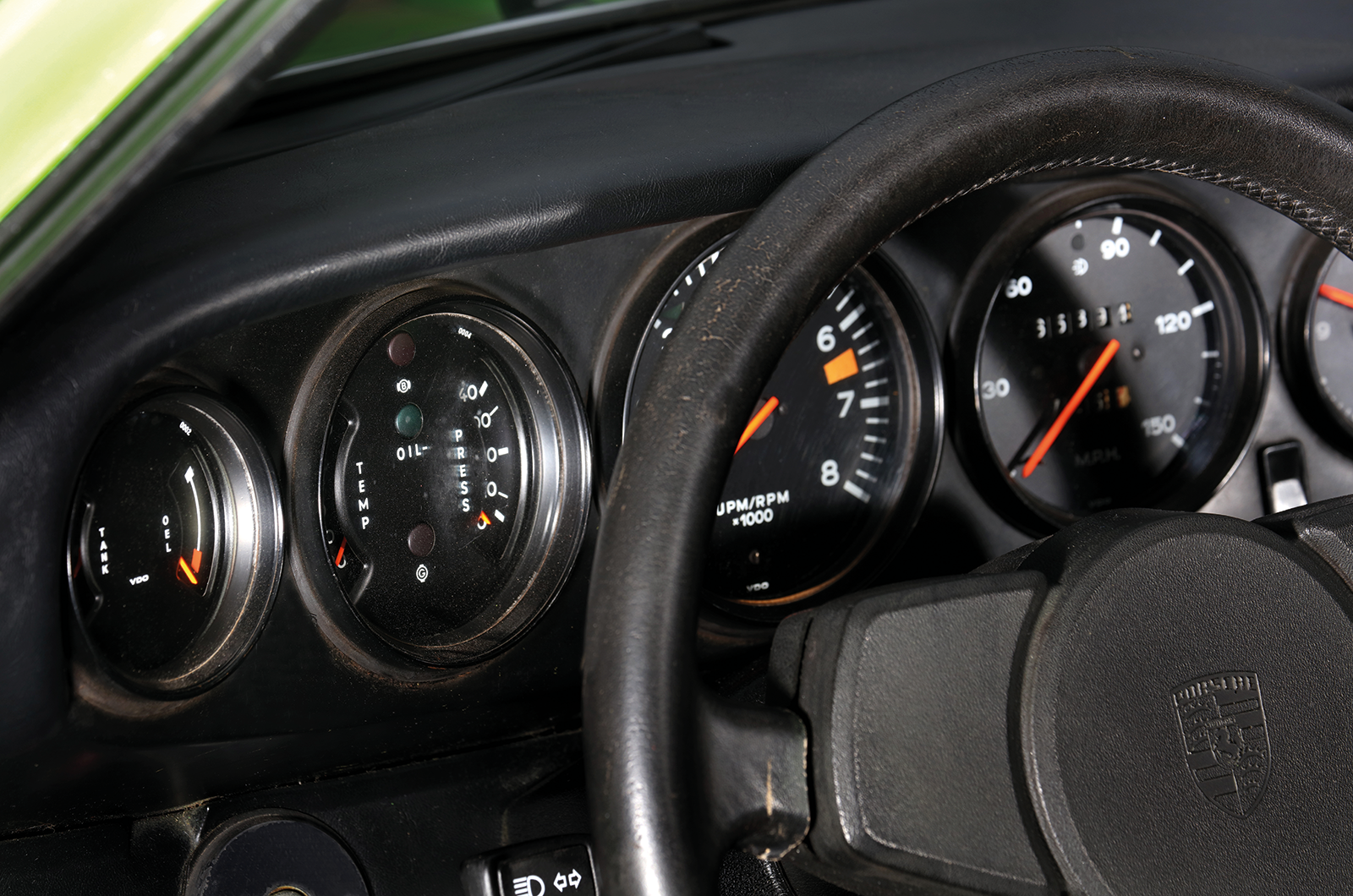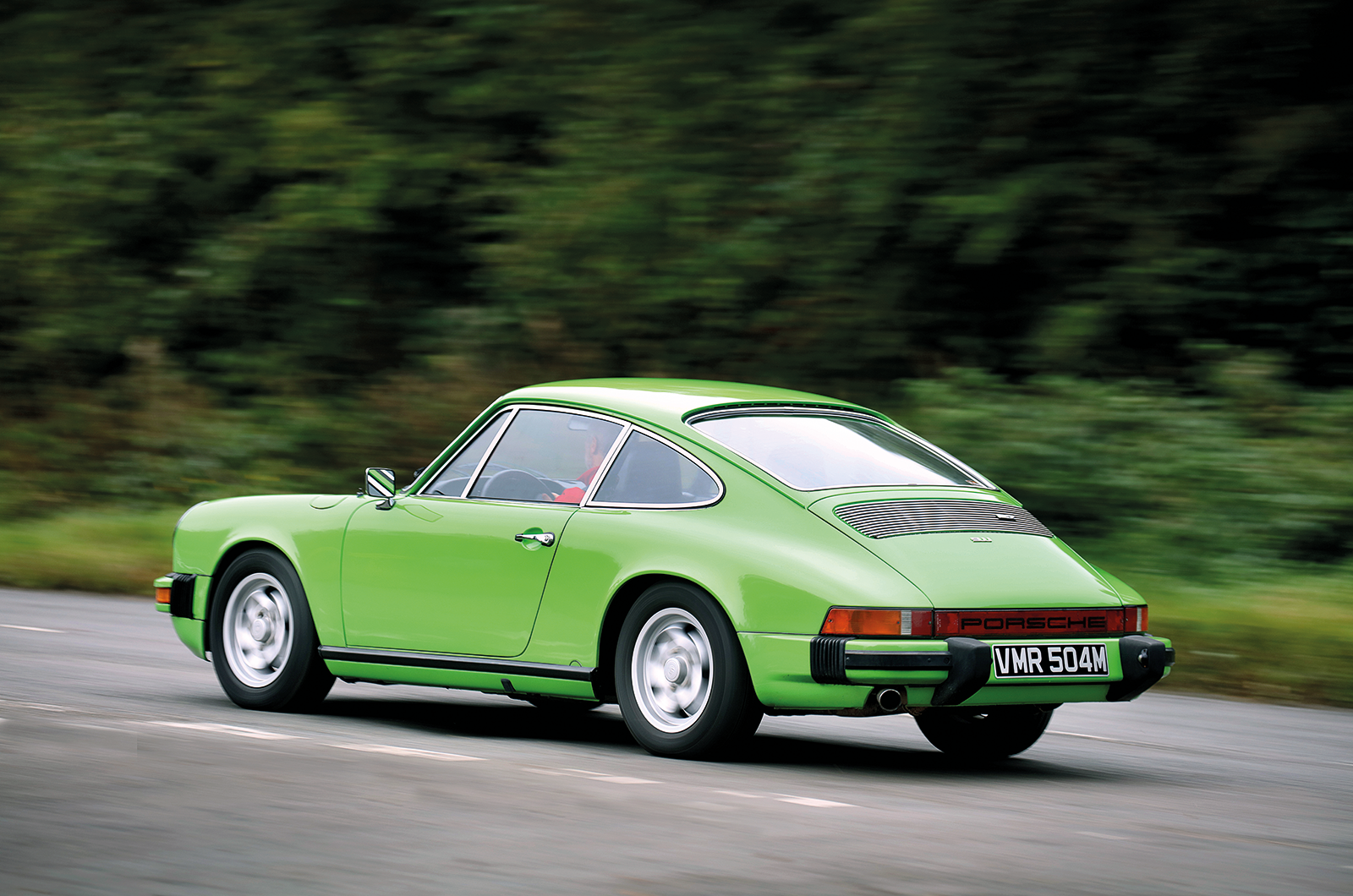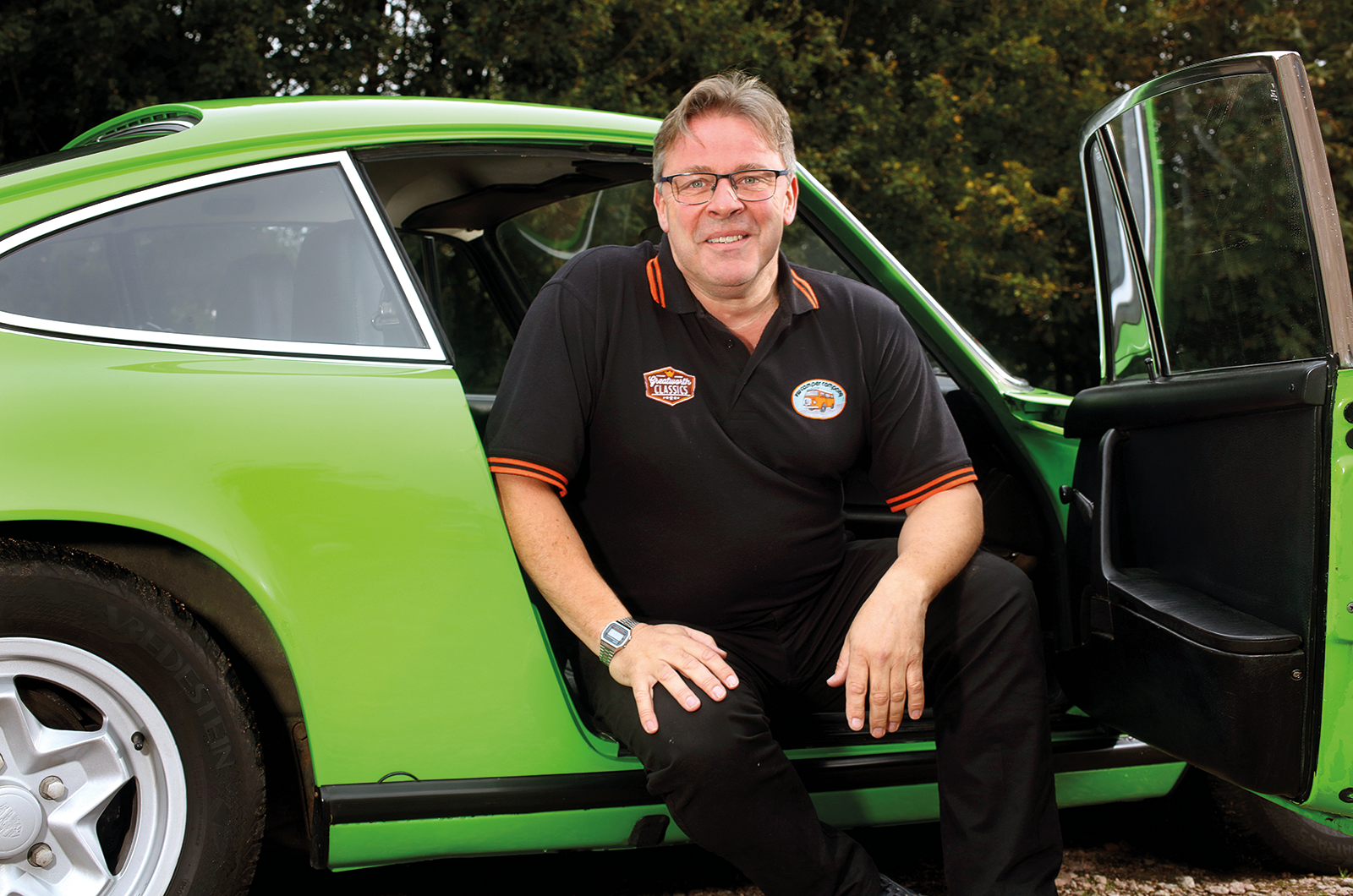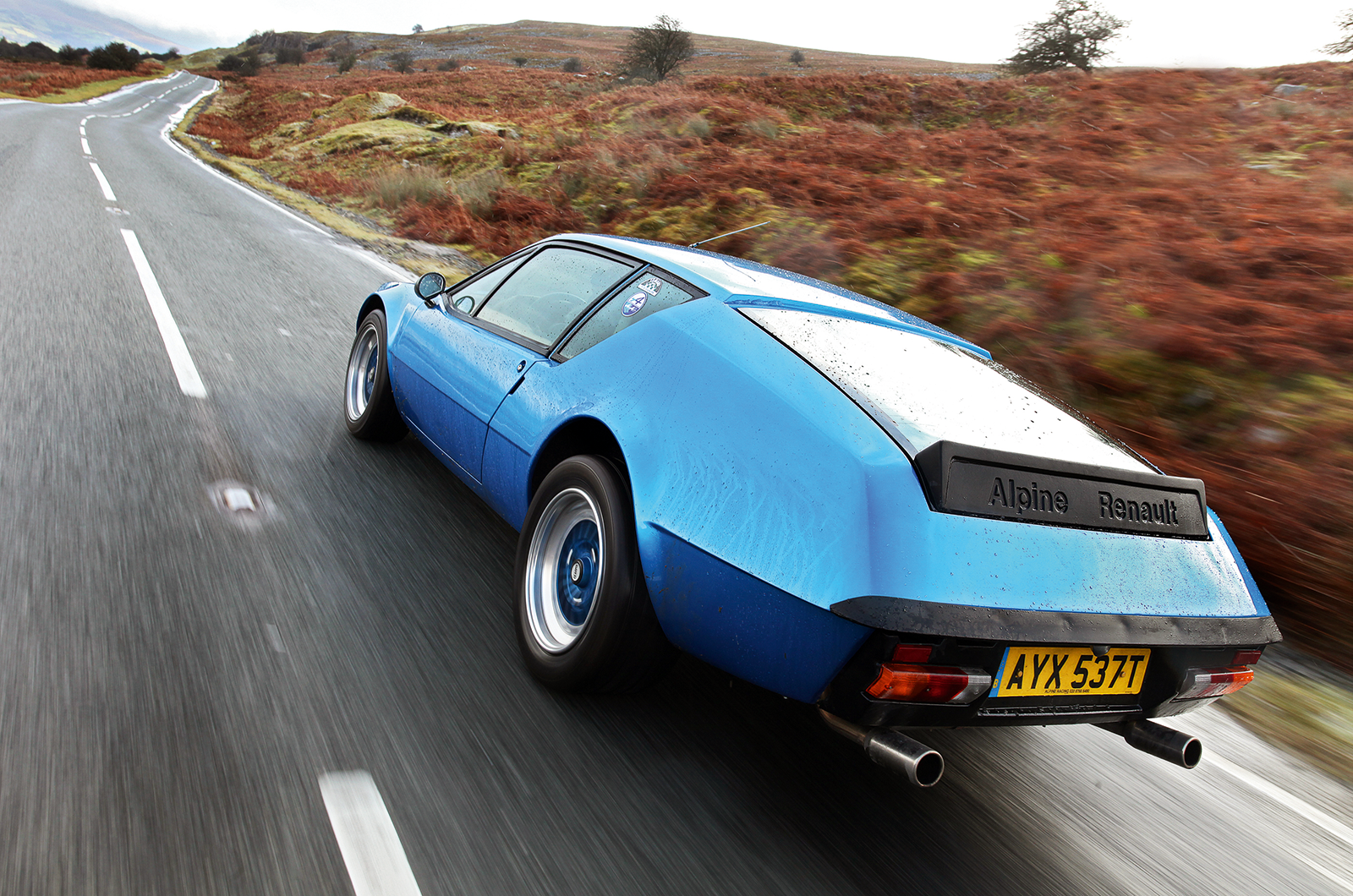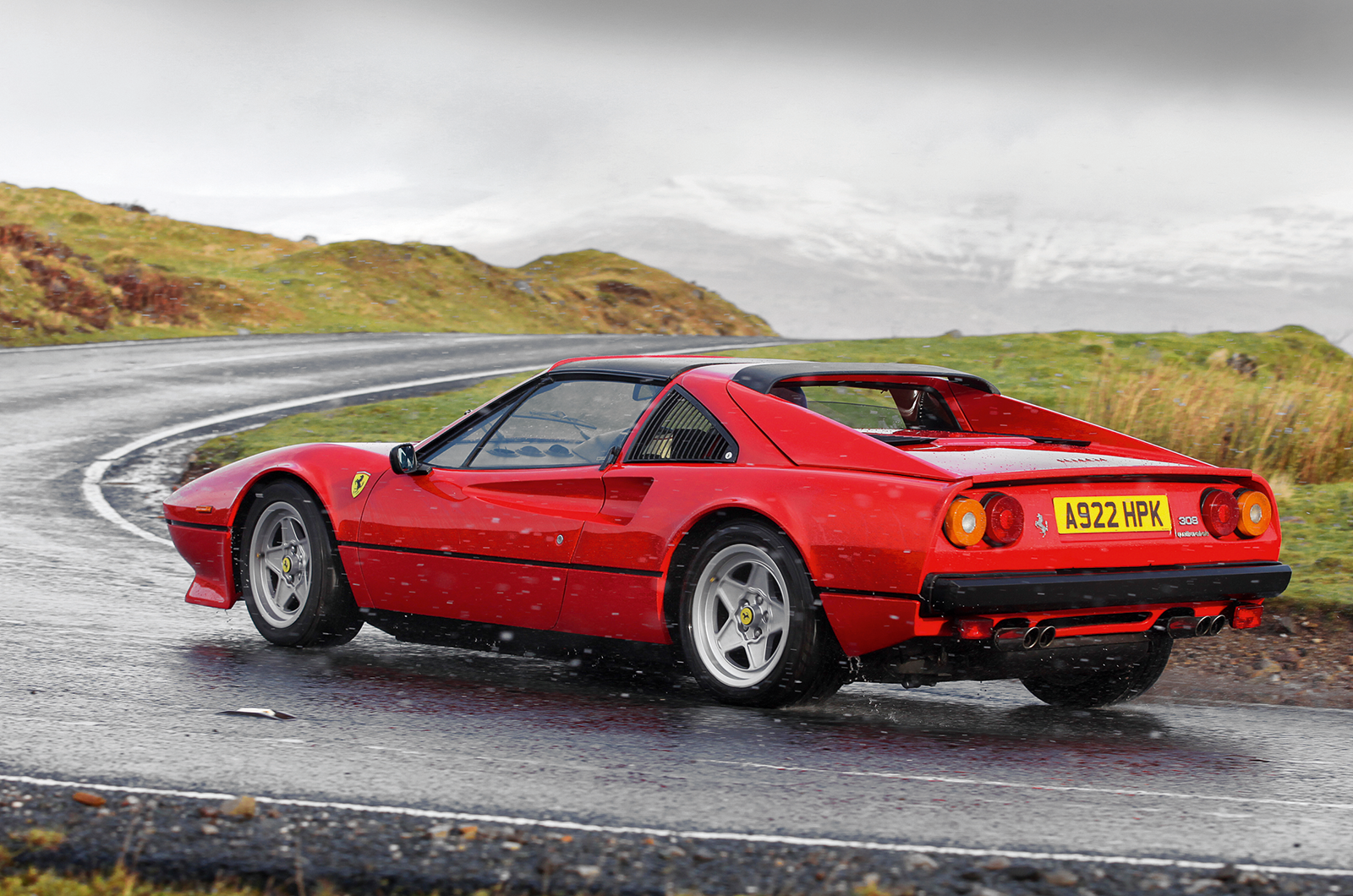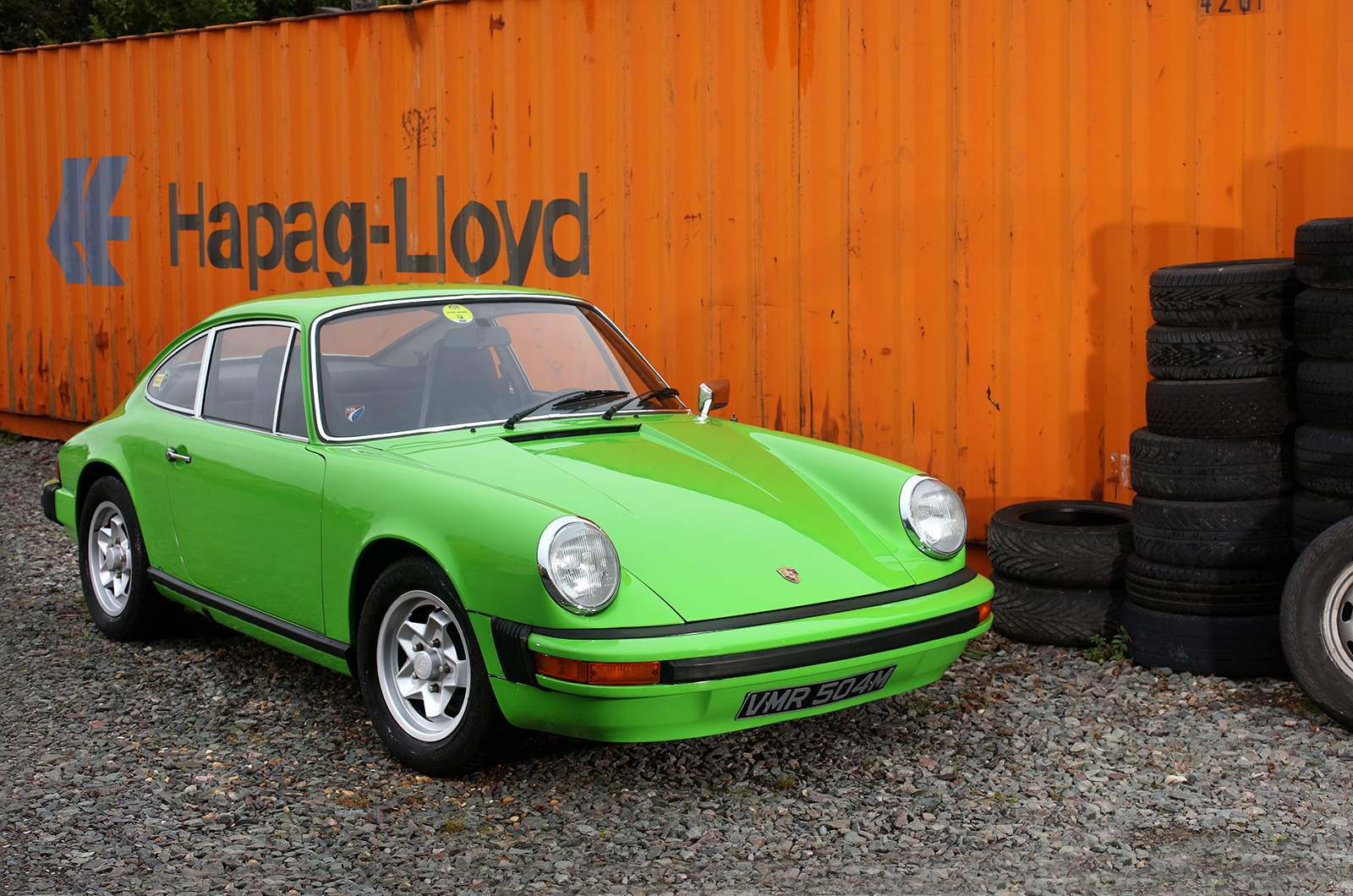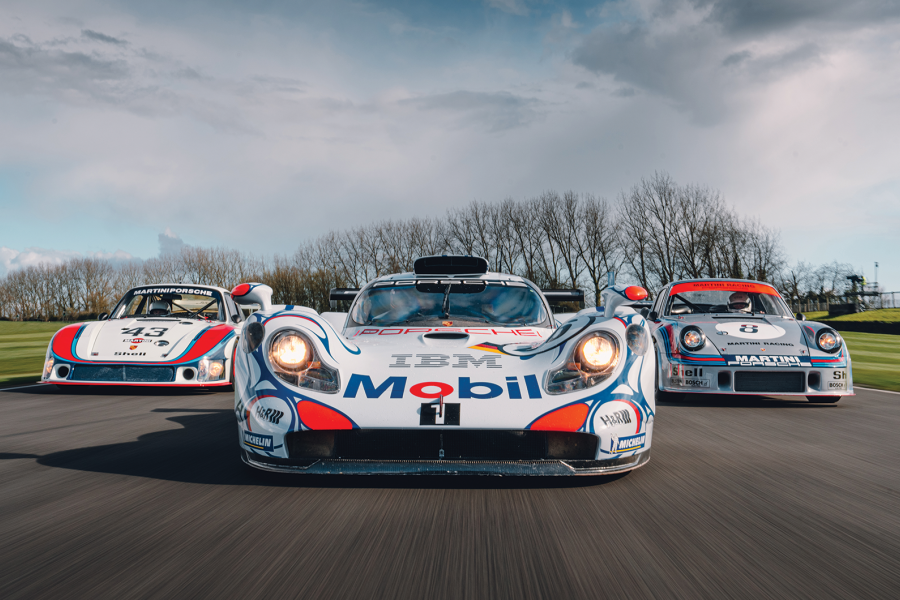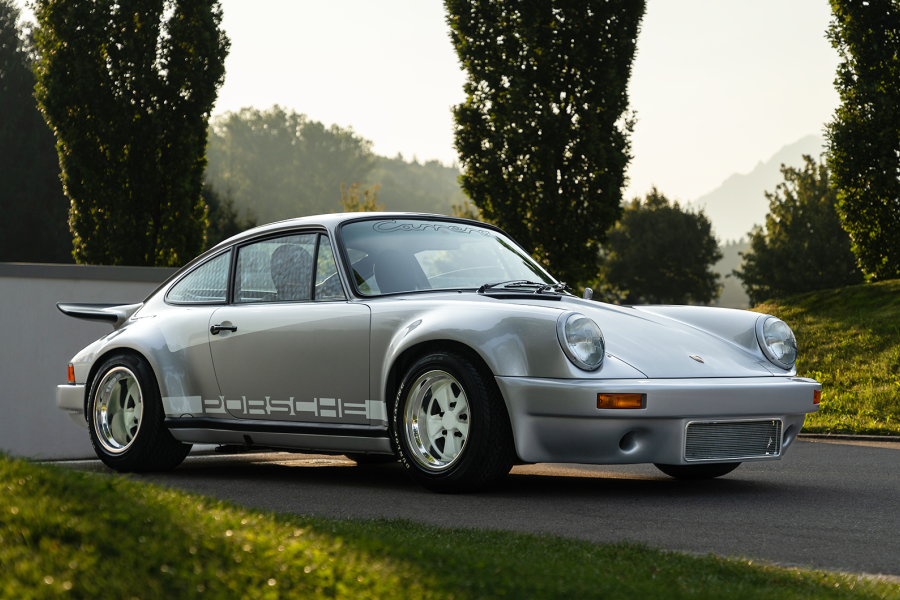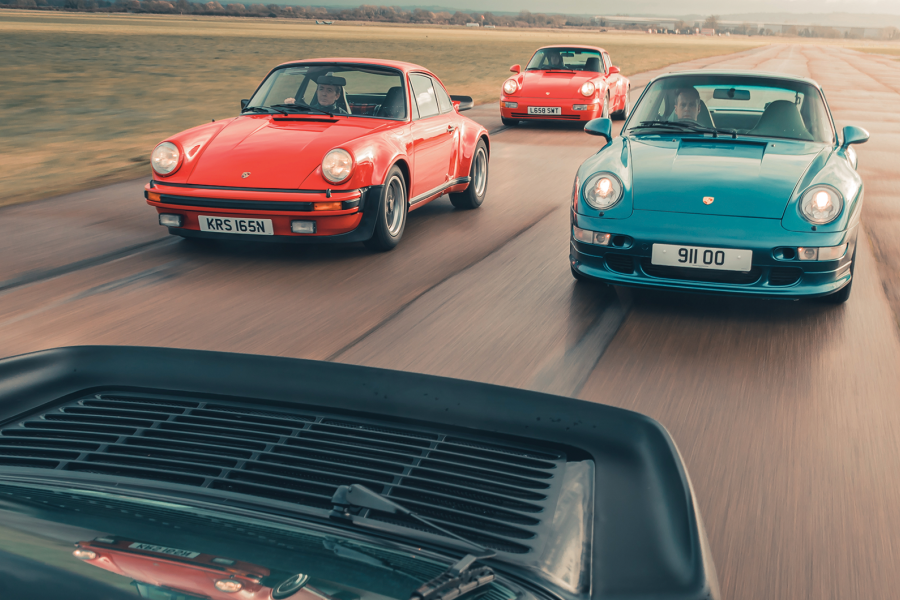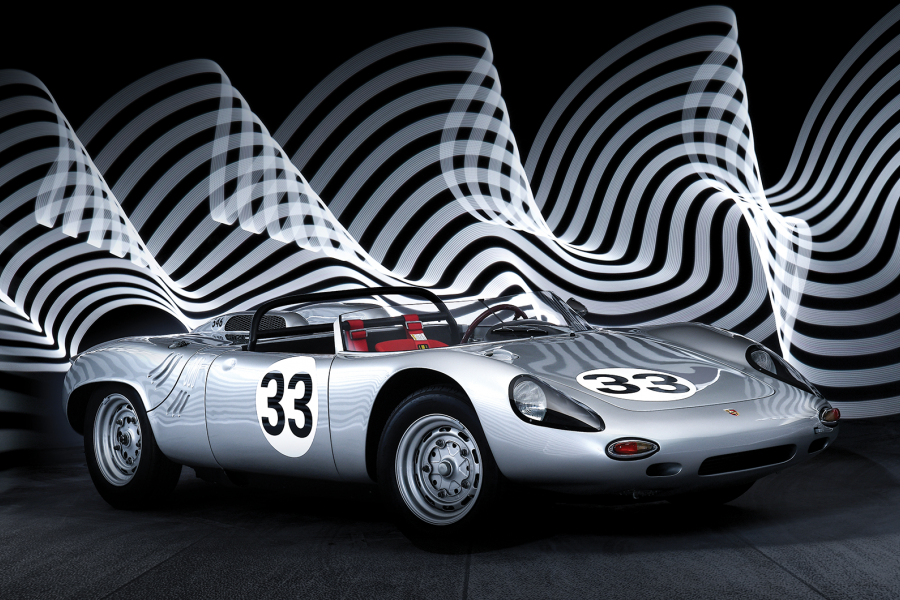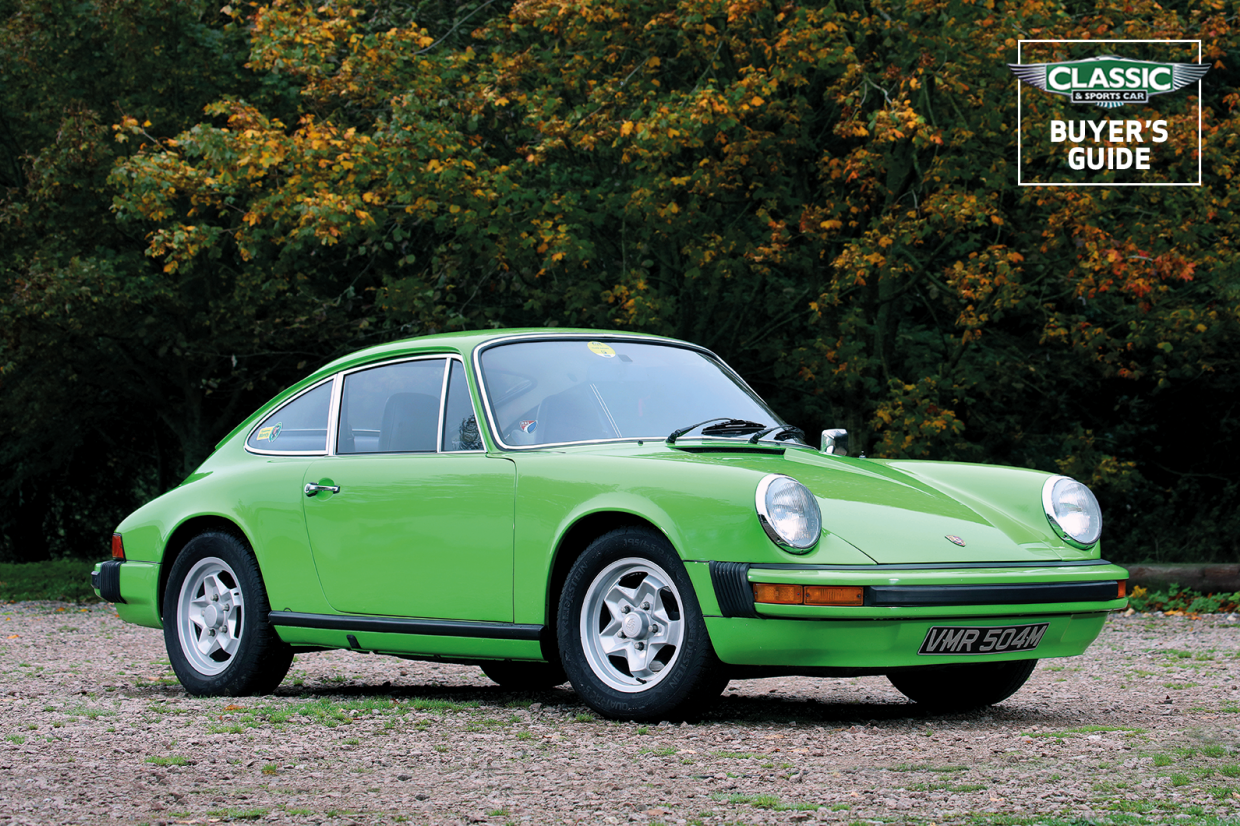
Why you’d want a Porsche 911 (1974-’89)
After 10 years of production, the delicate and tail-happy original 911 had matured, with a longer wheelbase, some tougher bumpers and a robust, powerful engine.
Though never cheap, the 911 was well made and more durable than most sports cars of comparable performance – and more practical than many, with rear seats for children and sensible luggage space. It would still punish the careless, but in the hands of a skilled driver it was sensational. Porsche’s progressive development concentrated on increasing flexibility and refining the 911 to make it less raw – but there was a turbo for anyone wanting the ultimate driving challenge.
As sophistication and equipment were added, power outputs rose just enough to maintain performance levels. The run-out Club Sport of 1988 was only fractionally faster than the Carrera RS 2.7 Touring of 1973, but the 1980s 911 was without question a more usable everyday car – and remains so today.
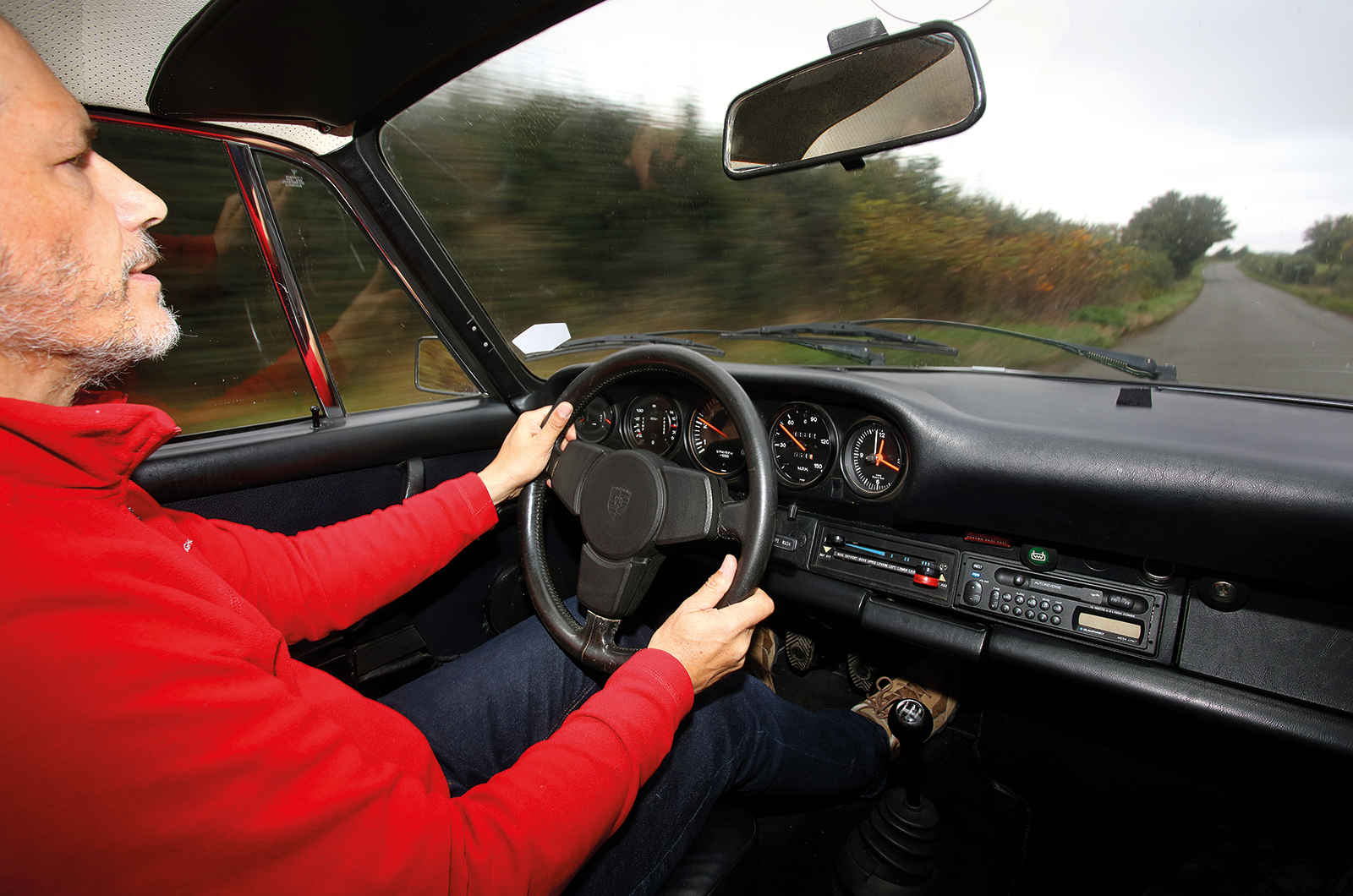
The classic 911 rewards sensitive driving, getting your braking done early and powering out of bends

